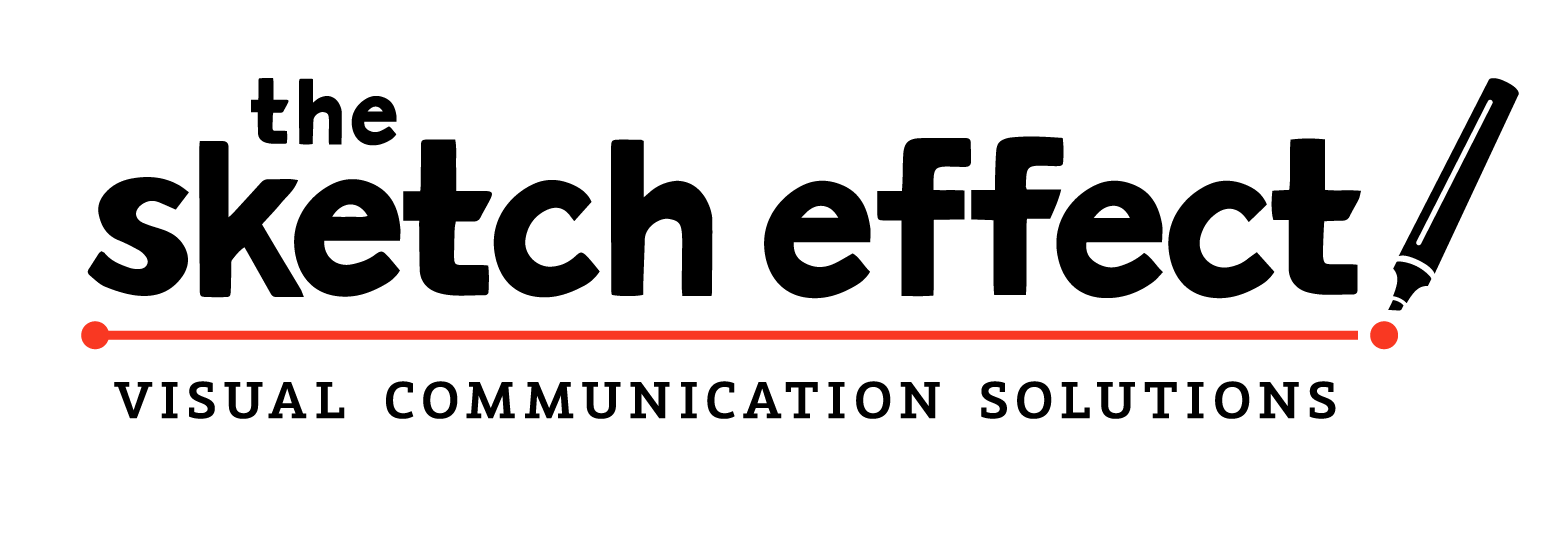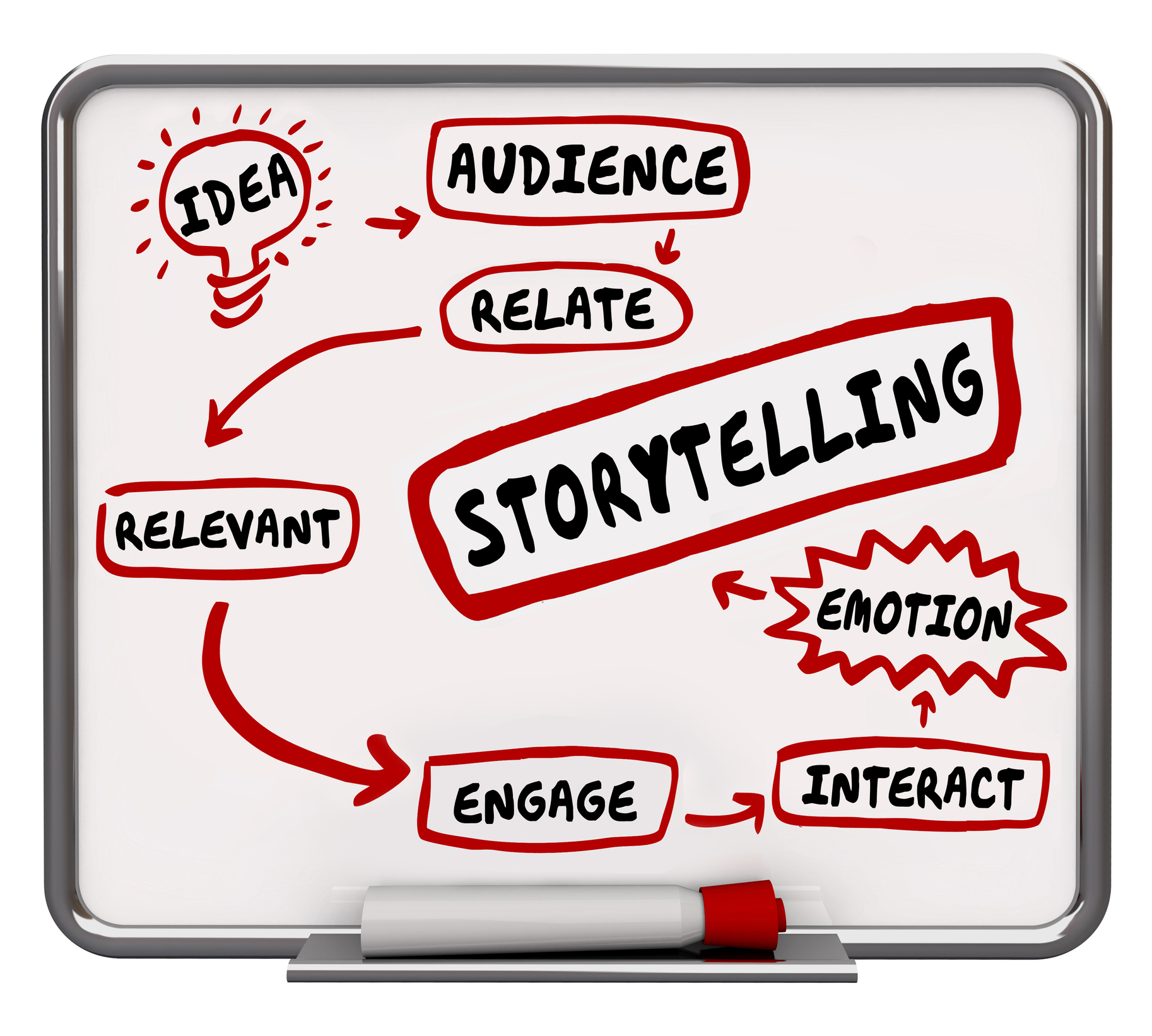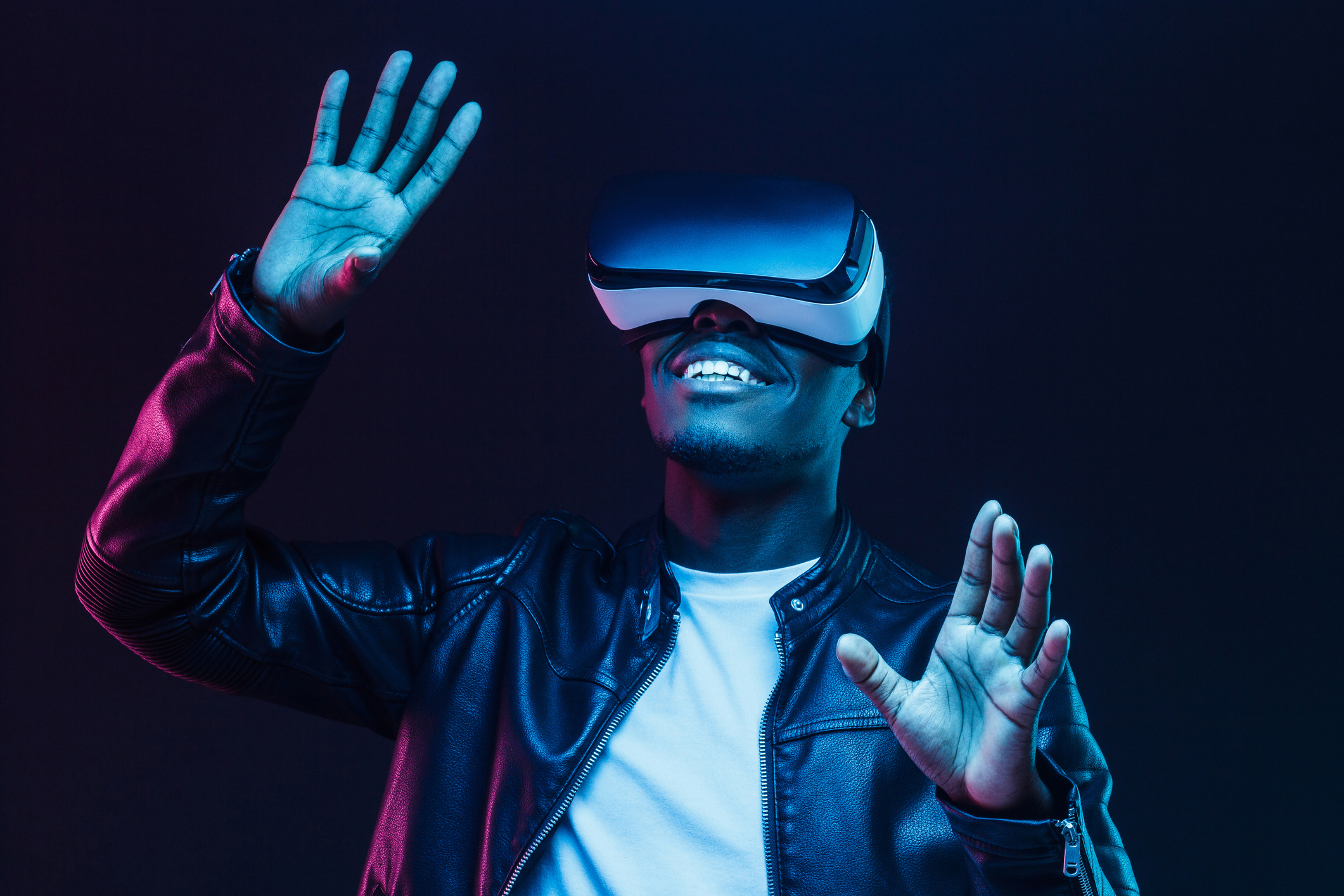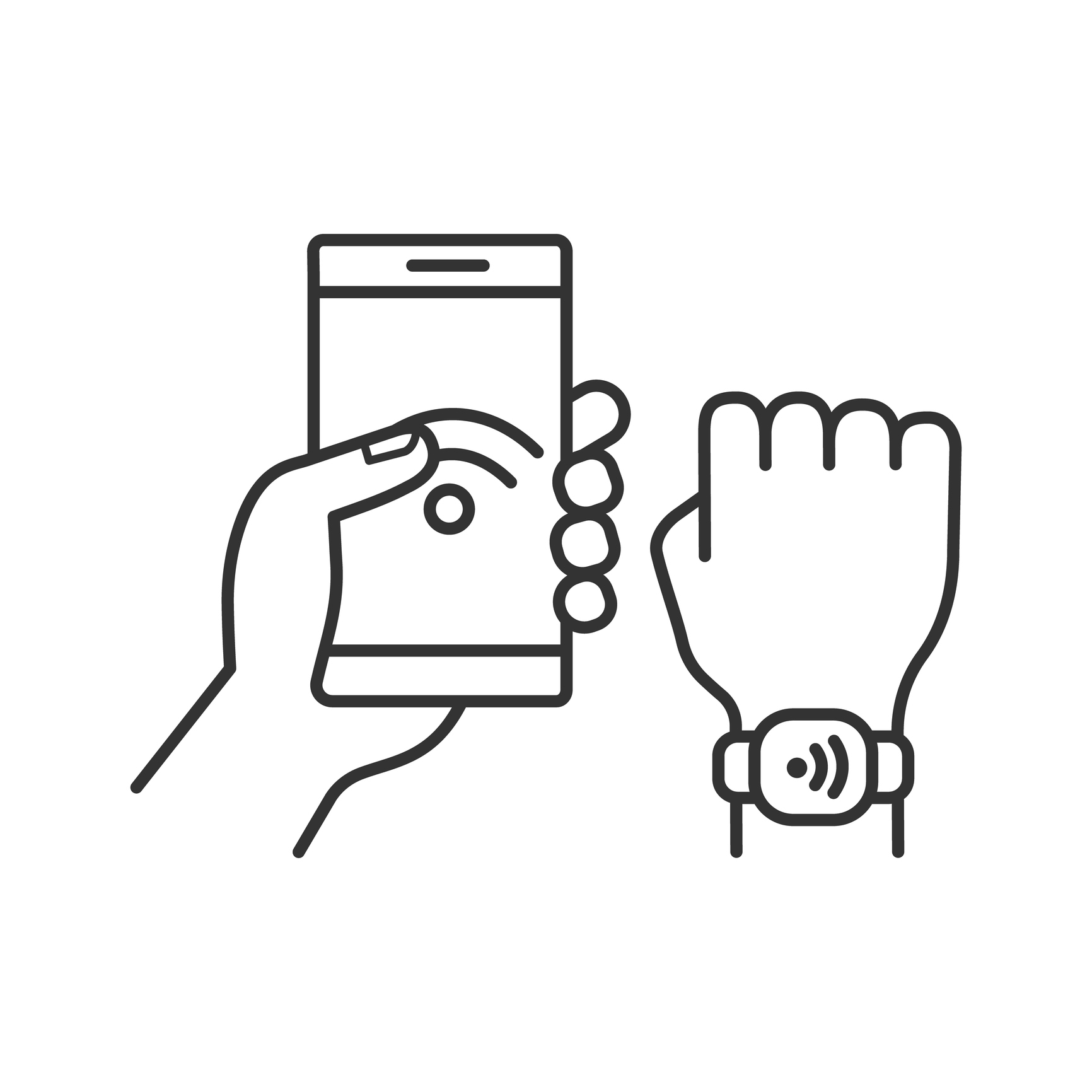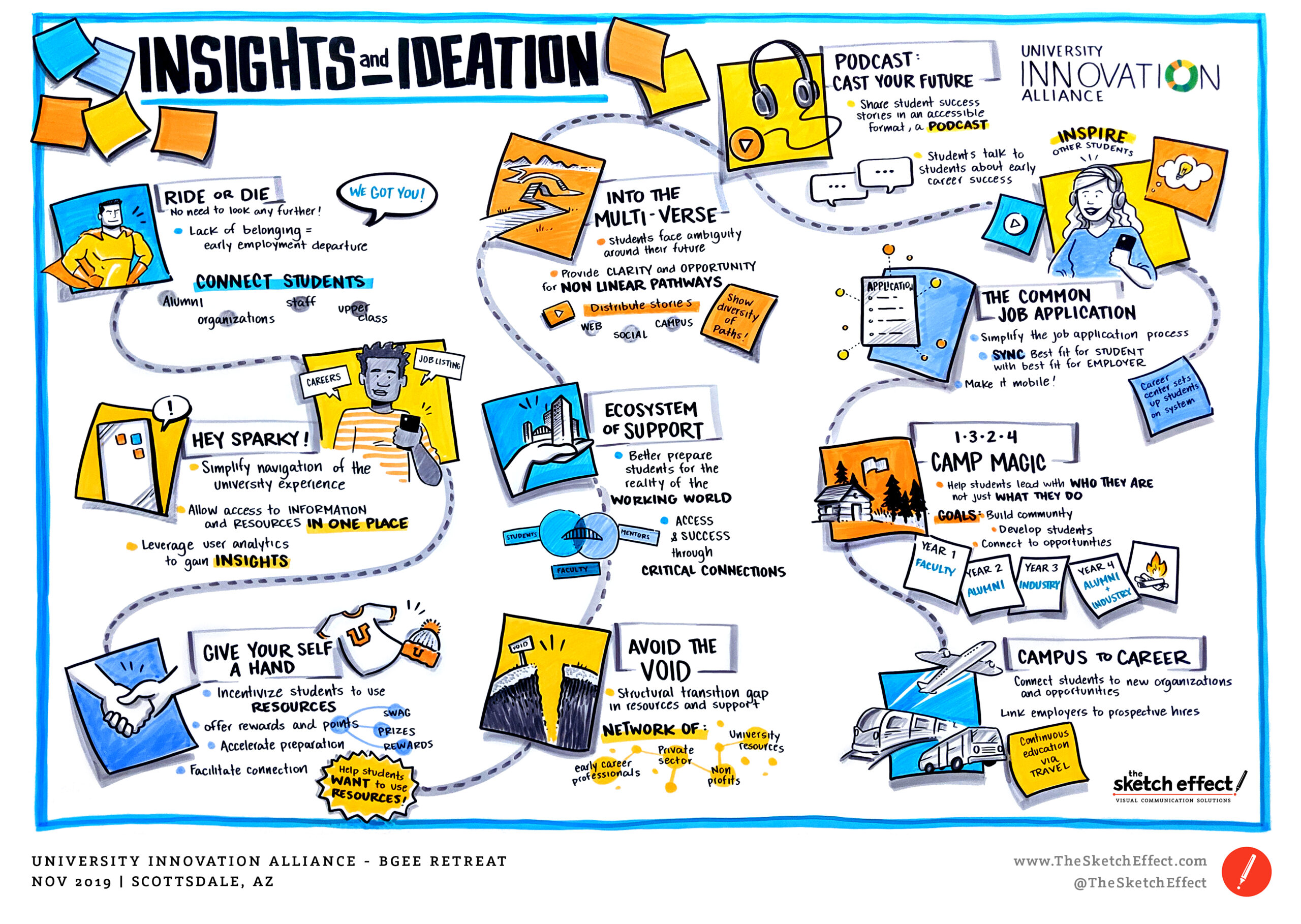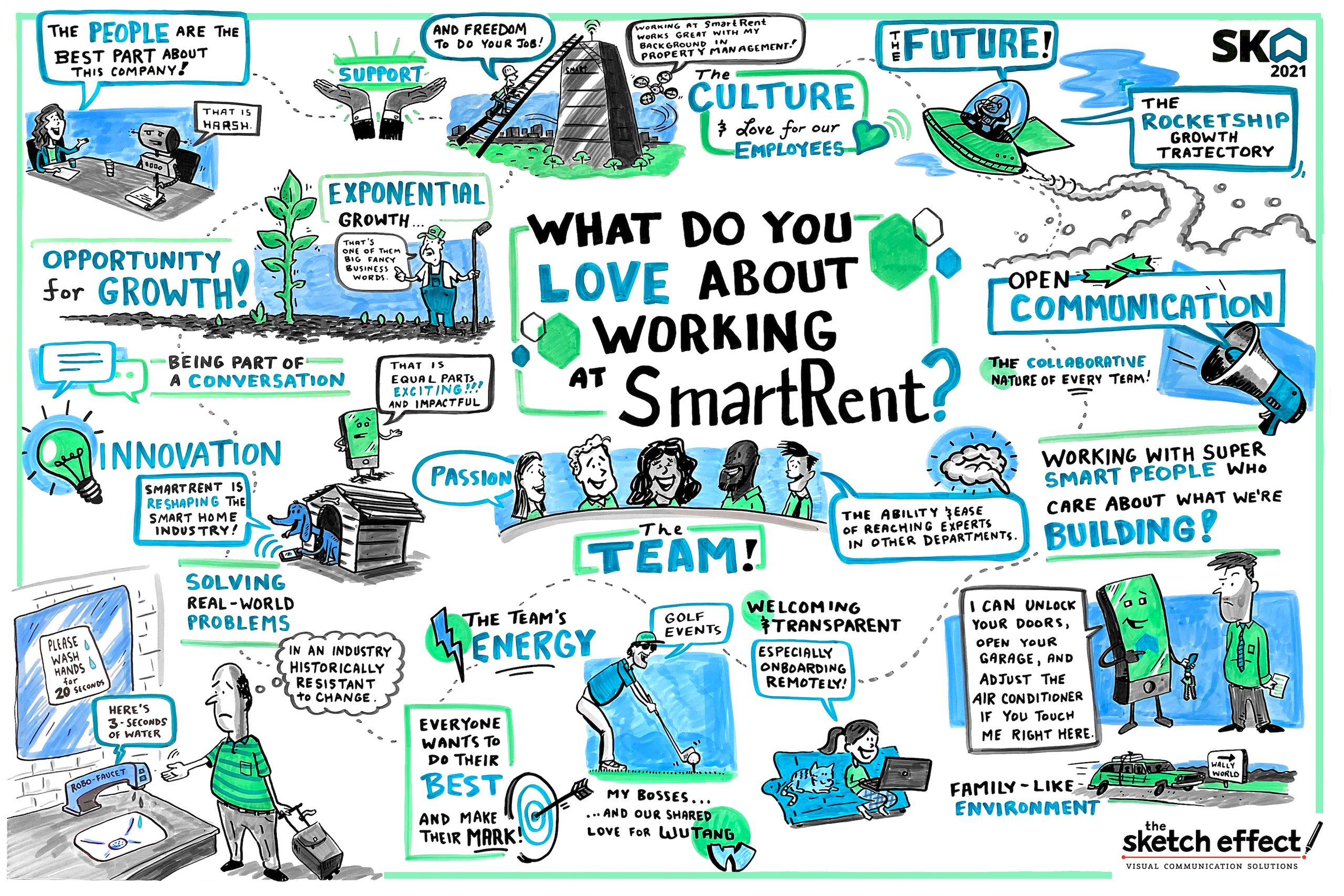Whether it’s a corporate conference, an educational seminar, or a festive gathering, the success of any event is deeply rooted in how well it captures and maintains an audience’s attention.
But what truly makes an event memorable and impactful for its participants?
This blog will uncover the secrets behind skyrocketing audience engagement at special events.
From leveraging event engagement technologies to incorporating interactive content, we’ll explore many strategies that go beyond the conventional approach.
So, whether you’re planning your next big event or looking to enhance the experience of your current one, you’re in the right place to discover the keys to an engaged and captivated audience.
What is Audience Engagement, and Why Does it Matter?
Audience engagement is the cornerstone of any successful event, bridging passive attendance and active participation.
But what does it mean to engage an audience? Let’s break it down.
The Essence of Audience Engagement
At its core, audience engagement refers to the attention, interest, and interaction participants have with an event. It’s about creating a two-way dialogue rather than a one-sided conversation.
Engagement means your audience is not just listening, but they’re also reacting, interacting, and fully immersing themselves in the experience.
Why Does Audience Engagement Matter?
Engaging your audience is crucial for several reasons:
- Retention of Information: Engaged attendees are more likely to absorb and remember the information presented.
- Positive Event Experience: High engagement levels often translate to a more enjoyable and memorable event experience.
- Increased Participation: When attendees are engaged, they’re more likely to participate, ask questions, and contribute to discussions.
- Feedback and Improvement: Engaged audiences provide valuable feedback, helping you refine and improve future events.
As we move forward, remember that enhancing audience engagement is not a one-size-fits-all formula. It’s a dynamic, evolving aspect of event planning that requires creativity, adaptability, and a keen understanding of your audience’s needs and preferences.
Audience Engagement Examples
Event Engagement Ideas |
Description |
| Interactive Polls | Use live polling tools during sessions for real-time audience feedback and opinions. |
| Q&A Sessions | Facilitate Q&A segments, allowing attendees to ask questions and engage directly with speakers. |
| Workshops | Organize hands-on workshops or group activities that encourage active participation and collaboration. |
| Networking Opportunities | Create dedicated spaces or times for networking, encouraging attendees to connect and share ideas. |
| Social Media Engagement | Engage attendees on social media with event hashtags, contests, and live updates. |
| Graphic Recording | Capture event content visually in real-time, enhancing understanding and retention. |
| VR/AR Experiences | Immerse attendees in virtual or augmented reality experiences, making sessions interactive and memorable. |
| Gamified Challenges | Introduce fun, competitive elements like quizzes or team challenges related to the event theme. |
In the following sections, we’ll explore strategies and ideas to enhance audience engagement, keeping these principles in mind.
Proven Strategies to Engage Your Audience
We understand that each event is unique, and so are its attendees.
That’s why our focus is not just on generic tips but on real, actionable event engagement strategies that can be tailored to fit your specific vibe and objectives.
Let’s dive in!
Tailor Content to Your Audience
The key to engaging an audience lies in the relevance and relatability of your event’s content. To achieve this, start by understanding who your audience is.
You can gather insights through pre-event surveys or by analyzing past events’ data, focusing on interests, job roles, and expectations. This preliminary research lays the groundwork for creating content that truly resonates with your attendees.
Creating Relevant & Relatable Content
When developing your content, focus on current and pertinent topics to your audience and industry. Including diverse perspectives by inviting speakers from varied backgrounds enriches your content, offering a broader range of insights.
Incorporating real-world examples and case studies adds credibility and makes complex ideas more tangible and understandable.
Customizing Content Delivery
The way you deliver this content is equally important. A mix of formats – from keynote speeches to panel discussions and interactive workshops – caters to different learning preferences.
Embedding interactive elements like polls or live demonstrations keeps the audience engaged and fosters a more dynamic interaction.
Leveraging Audience Feedback
Be ready to make real-time adjustments based on audience feedback. Encouraging questions and discussions post-sessions provides immediate clarification and deepens the audience’s understanding of the topics.
This flexible and responsive approach ensures that your event content is not just informative but also highly engaging and tailored to the needs of your audience.
Incorporate Interactive & Dynamic Presentation Styles
the style of your presentation is just as important as its content. Embracing interactive and dynamic approaches can transform your presentation from a passive experience into an engaging journey for your attendees.
Embrace Storytelling Techniques
Storytelling helps in creating an emotional connection with the audience, making the content more impactful. Here’s how to utilize real-life stories, anecdotes, or hypothetical scenarios that align with your audience’s experiences or challenges.
| Storytelling Aspects | How to Implement |
| Crafting a Narrative | Identify the core message of your presentation. Develop a storyline that illustrates a journey, addressing challenges and outcomes. Ensure the story flows logically and captures the audience’s attention. |
| Incorporating Real-Life Examples | Use anecdotes and scenarios that your audience can relate to. If addressing professionals, use examples from their industry. Characters in these stories should resonate with the audience’s experiences. |
| Creating Emotional Connections | Engage emotions through storytelling elements like humor, suspense, or empathy. Describe scenes and scenarios vividly, appealing to the senses to make the story more immersive and impactful. |
| Making It Interactive | Directly involve the audience in the storytelling process. Ask them to imagine scenarios, answer questions, or share their experiences. Conclude the story with a lesson or call to action that ties back to the core message. |
Leverage Diverse Media Formats
Incorporating various media forms like videos, animations, and graphic recordings can significantly enhance the visual appeal of your presentation. These elements break the monotony of text-heavy slides and help illustrate points more vividly.
- Graphic Recording: Graphic recording takes visual engagement to a new level. Live sketch artists translate spoken content into a real-time visual storyboard, capturing key messages and concepts in an illustrative and creative format. This not only adds a unique visual element to your presentation but also aids in better retention and understanding of the information by the audience.
- Infographics: Utilizing infographics helps in summarizing data, processes, or timelines in a visually appealing and easily understandable format. They are particularly effective in conveying statistics or step-by-step guides.
- Video & Animation: Integrating short video clips and animations provides a dynamic break in the presentation flow, re-engaging the audience’s attention. They can be used to explain concepts, tell a story, or provide visual examples.
The combination of these diverse media forms, especially with graphic recording, ensures that your presentation is informative, visually stimulating, and memorable. This approach caters to various learning styles and keeps your audience engaged throughout the event.
Engaging the Audience Directly
Direct engagement with the audience during the presentation can significantly boost their interest and participation. This can be achieved through live polls, interactive Q&A sessions, or real-time quizzes.
These elements not only provide a break from the traditional presentation format but also allow you to gauge the audience’s understanding and opinions on the fly. Encourage audience participation by posing questions, asking for opinions, or involving them in decision-making processes related to the presentation content.
Modernize Event Experiences with Technology
Virtual & Augmented Reality
While VR/AR can elevate event experiences, it’s important to note the significant investment they require. These technologies are not a one-size-fits-all solution.
They are best suited for events like tradeshows and industry conferences where their immersive impact aligns with the event’s goals and budget.
Effective Uses of VR/AR:
- Virtual Tours: Ideal for showcasing venues or locations.
- Product Demos: Bring products to life interactively.
- Training Simulations: Offer hands-on experience in a safe, virtual environment.
- Interactive Exhibits: Enhance cultural events with engaging displays.
- Gamified Experiences: Add a fun element to the event.
In the right context, VR/AR can significantly boost engagement, offering unique and memorable experiences for attendees.
Interactive Event Apps & Social Media Integration
Incorporating interactive apps and social media in events can significantly boost engagement and offer a more connected experience. These platforms provide numerous functionalities to enhance interaction, information sharing, and participation.
Event Apps to Consider
Event apps like Whova and Eventbrite can transform how attendees experience your event.
Here are some key functionalities and use cases:
- Personalized Agendas: Allow attendees to tailor their schedules with tools like Sched or EventMobi, selecting sessions or activities they’re interested in.
- Networking and Communication: Apps like Bizzabo offer features for attendee messaging and meeting scheduling, encouraging networking.
- Real-Time Engagement: Platforms such as Slido or Aventri facilitate live polling, surveys, and Q&A sessions, making sessions interactive.
- Resource Center: Use the app as a one-stop-shop for all event materials, updates, and resources for easy attendee access.
Broaden Your Reach With Social Media
Leverage X (RIP Twitter) or Instagram for real-time updates, using hashtags to encourage attendee participation and content sharing. Run contests or challenges related to the event, engaging attendees before and during the event. You can also use Facebook Live or YouTube for streaming sessions, allowing remote participation and broadening your audience.
Distribute Wearable Technology
Wearable technology presents a unique opportunity to elevate the event experience. It not only adds a futuristic touch to your event but also significantly enhances attendee engagement, personalization, and operational efficiency.
Foster Networking & Interaction With Smart Badges & Wristbands
Devices like NFC-enabled badges or wristbands can facilitate networking by allowing attendees to exchange contact information with a simple tap. They can also be used for seamless check-ins and access control to different event areas.
Personalization and Data Collection
By analyzing the data collected from wearable devices, organizers can gain insights into attendee behaviors, session popularity, and overall engagement, helping to refine future event strategies.
How Wearable Technology Improves Event Efficiency
Wearables can expedite processes like registration, payment for services, and access to exclusive areas, reducing wait times and improving the overall attendee experience.
Encourage Audience Participation Through Interactive Sessions
To make your event truly engaging, it’s essential to encourage audience participation. This can be achieved by blending interactive sessions with opportunities for audience interaction and networking.
Here’s how you can design your event to maximize participant engagement:
Host Interactive Sessions
- Dynamic Q&A Segments: Incorporate regular Q&A segments in your sessions. Using tools like Slido, attendees can submit questions in real-time, creating a two-way dialogue.
- Workshops and Hands-On Activities: Offer workshops that require active participation, like group projects or hands-on demonstrations. These sessions can be both informative and engaging, allowing attendees to apply what they learn.
Promote Audience Participation & Networking
- Open Mic and Sharing Sessions: Allocate time for attendees to share their experiences or insights, fostering a sense of community and collaboration.
- Networking Breaks: Designate specific times for networking, enabling attendees to connect with each other. Tools like Brella can help facilitate these connections by matching attendees based on shared interests.
- Interactive Challenges and Competitions: Host challenges related to your event theme to encourage participation. These can be gamified and include prizes to add an element of fun and competition.
- Social Media Interaction: Encourage attendees to engage with the event on social media platforms. Create event-specific hashtags, run live tweeting sessions, or set up photo booths with props related to the event theme.
Incorporate Graphic Recording For Maximized Engagement & Retention
Incorporating Graphic Recording into your event is more than just providing visual entertainment; it’s an effective tool to engage your audience in a deeper, more meaningful way.
It not only enriches the experience but also ensures that the messages of your event have a lasting impact.
How Does Graphic Recording Work?
Graphic Recording is an engaging way to visually capture the essence of your event in real time.
Here’s a quick overview of the process.
- Preparation: A graphic recording artist collaborates with event organizers to understand key themes and messages.
- Live Illustration: During the event, a skilled sketch artist listens to discussions and presentations, translating key points into compelling visuals on a large canvas or digital tablet, visible to the audience.
- Audience Engagement: Attendees watch as ideas are transformed into a visual storyboard, enhancing understanding and engagement.
- Final Product: The visual summary is then digitized and shared post-event, serving as a memorable recap of the main discussions and insights.
How Does Graphic Recording Improve Event Experiences?
Here’s why Graphic Recording can be a game-changer for your event.
- Visual Summary: Graphic recording provides a visual summary of key points and ideas, making complex information more accessible and understandable.
- Increased Retention: The combination of visuals and text enhances memory retention, helping attendees recall and internalize the content long after the event.
- Engagement Booster: The process of seeing thoughts and discussions transformed into art live is captivating, keeping the audience engaged and interested.
- Post-Event Value: The visual artifacts created can be shared post-event, serving as a valuable resource for attendees to revisit and share with others.
Elevating Your Event Experience With The Sketch Effect
Remember, the secret to a successful event lies in how well you connect with and captivate your audience.
With these strategies in hand, you’re well on your way to creating events that not only inspire and inform but also leave a lasting impression on every attendee. Interested in learning more about the power of visual storytelling through graphic recording?
Talk to our team today to learn how we can help make your event experience the most memorable and meaningful yet.

